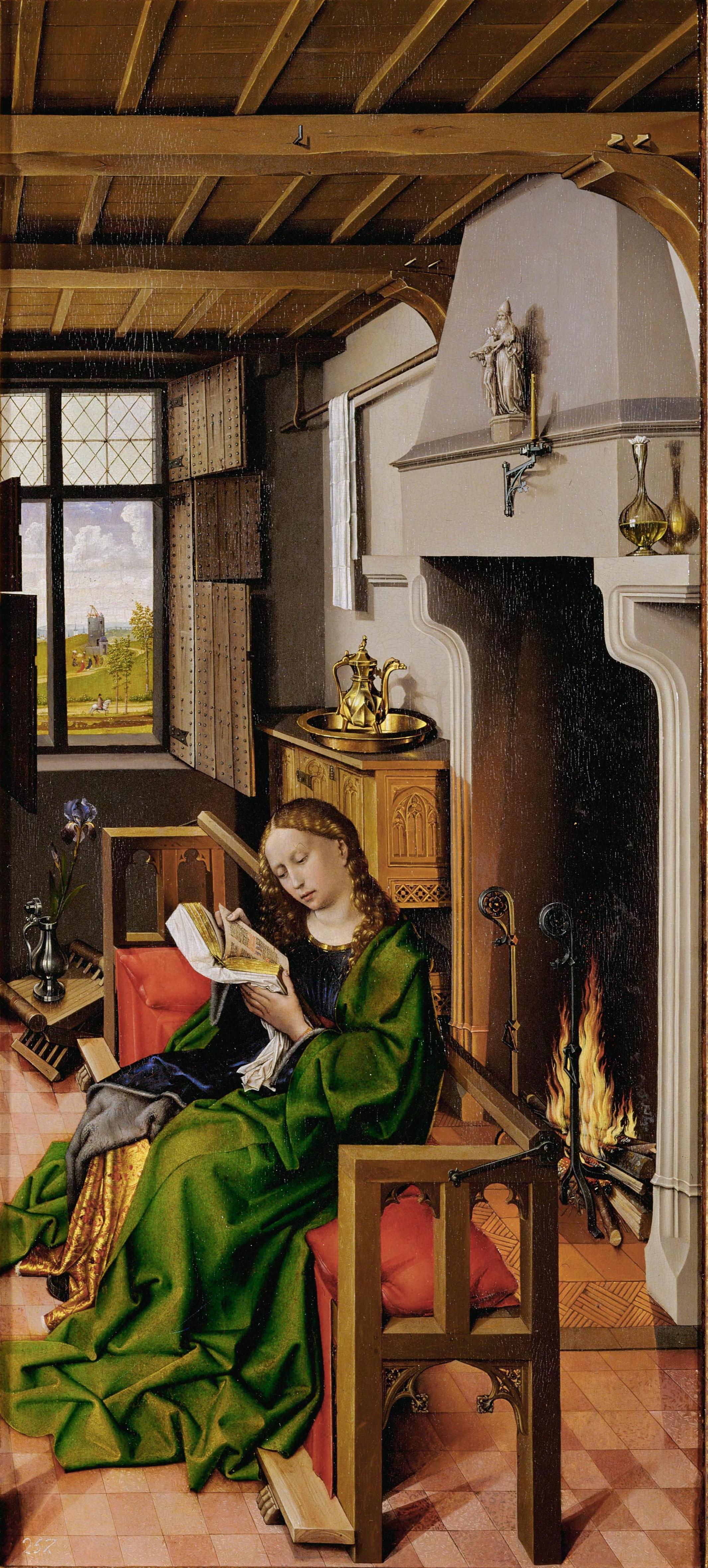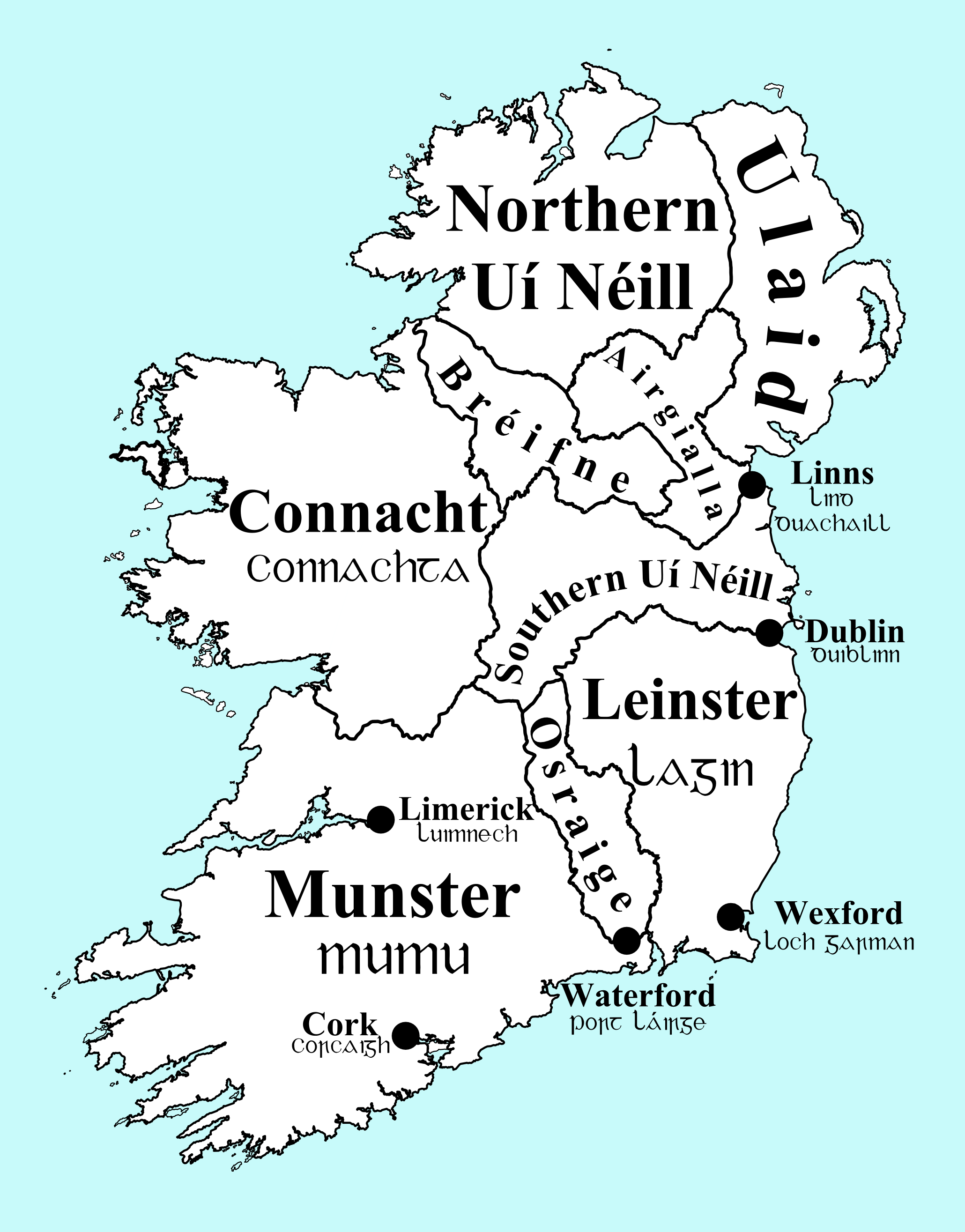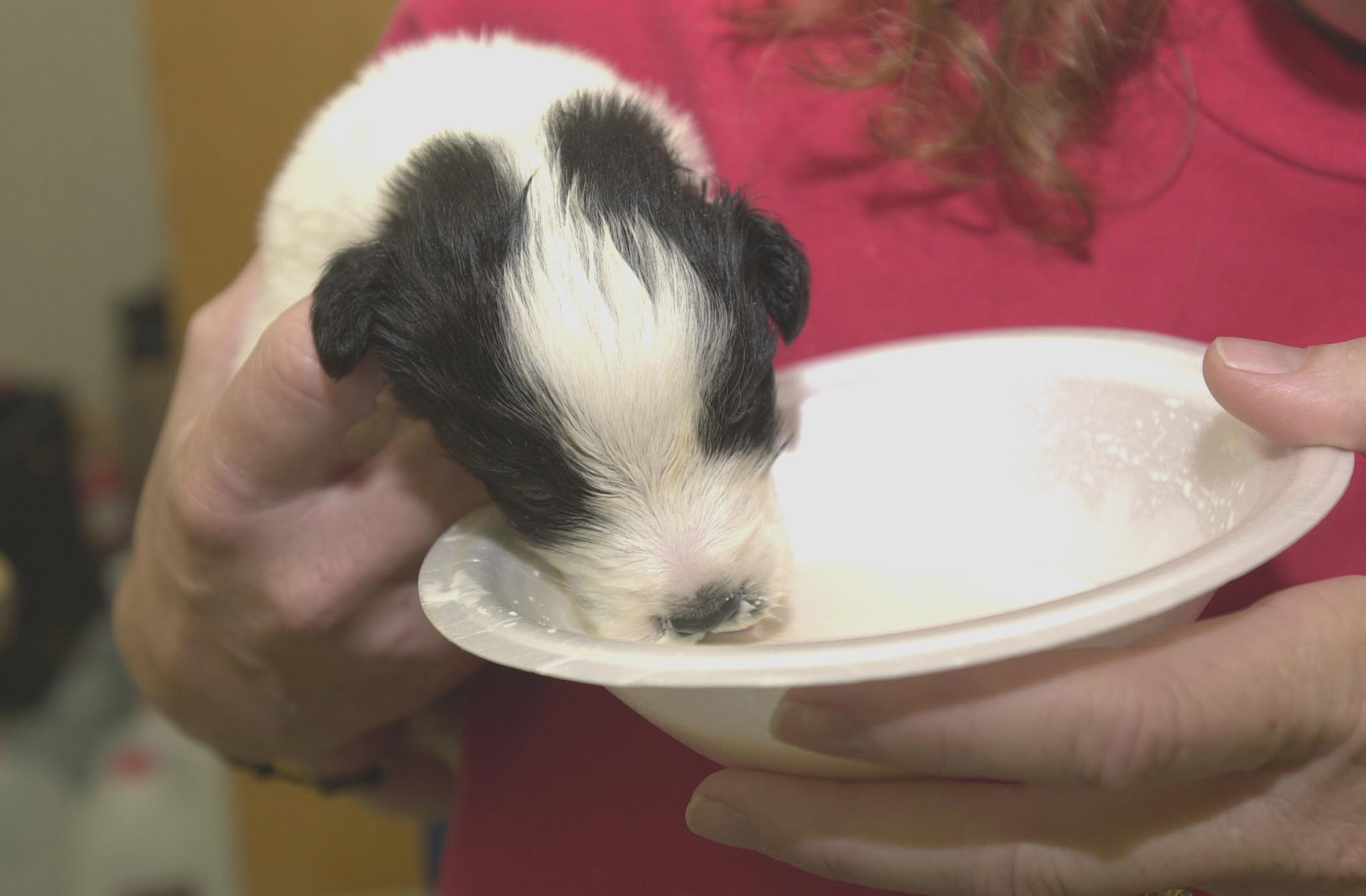|
Harry McGowan, 1st Baron McGowan
Harry Duncan McGowan, 1st Baron McGowan Order of the British Empire, KBE (3 June 1874 – 13 July 1961) LLD DCL, was a prominent Scottish industrialist who served as Chairman of Imperial Chemical Industries for 20 years. Early life and education McGowan was the only son of Henry McGowan Esq. and his wife Agnes (née Wilson). He was educated at Hutchesons' Grammar School, an independent school in Glasgow and Allan Glen's School. He joined the Nobel Industries (Scotland), Nobel Explosives Company, the company founded by Alfred Nobel, as an executive officer. In 1918 he became Chairman and Managing Director of Explosives Trade Ltd (from 1920 known as Nobel Industries Ltd), a position he held until the formation of ICI. Career In 1926 Nobel Industries (Scotland), Nobel Industries merged with Brunner Mond, the United Alkali Company and the British Dyestuffs Corporation to form Imperial Chemical Industries (ICI). The merger, orchestrated by Alfred Mond, 1st Baron Melchett and McGo ... [...More Info...] [...Related Items...] OR: [Wikipedia] [Google] [Baidu] |
The Right Honourable
''The Right Honourable'' (abbreviation: The Rt Hon. or variations) is an honorific Style (form of address), style traditionally applied to certain persons and collective bodies in the United Kingdom, the former British Empire, and the Commonwealth of Nations. The term is predominantly used today as a style associated with the holding of certain senior public offices in the United Kingdom, Canada, New Zealand, and, to a lesser extent, Australia. ''Right'' in this context is an adverb meaning 'very' or 'fully'. Grammatically, ''The Right Honourable'' is an adjectival phrase which gives information about a person. As such, it is not considered correct to apply it in direct address, nor to use it on its own as a title in place of a name; but rather it is used in the Grammatical person, third person along with a name or noun to be modified. ''Right'' may be abbreviated to ''Rt'', and ''Honourable'' to ''Hon.'', or both. ''The'' is sometimes dropped in written abbreviated form, but is ... [...More Info...] [...Related Items...] OR: [Wikipedia] [Google] [Baidu] |
British Dyestuffs Corporation
British Dyestuffs Corporation Ltd (BDC) was a British company formed in 1919 from the merger of British Dyes Ltd with Levinstein Ltd. The British Government was the company's largest shareholder, and had two directors on the board. Background By 1913, the Germans had provided 80% of the dyes used in Britain. Even the 20% that was produced in the US was mainly reliant on German intermediates. Stocks of dyes and intermediates were exhausted when World War I broke out in 1914, putting the textile industry in jeopardy. This situation was criticised in particular by Ivan Levinstein. In July 1915, British Dyes, Ltd., was created and bought Read Holliday & Sons of Huddersfield, West Yorkshire. In 1919, Levinsteins merged with British Dyes, which became the country's largest dye maker and was renamed the British Dyestuffs Corporation Ltd. Sir Joseph Turner and Dr. Herbert Levinstein became the joint managing directors of BDC. The new company controlled 75% of the entire dye produ ... [...More Info...] [...Related Items...] OR: [Wikipedia] [Google] [Baidu] |
St Barbara
Saint Barbara (; ; ; ), known in the Eastern Orthodox Church as the Great Martyr Barbara, was an early Christian Greek saint and martyr. There is no reference to her in the authentic early Christian writings nor in the original recension of Saint Jerome's martyrology.Kirsch, Johann Peter. "St. Barbara." The Catholic Encyclopedia Vol. 2. New York: Robert Appleton Company, 1907 Saint Barbara is often portrayed with miniature chains and a tower to symbolize her father imprisoning her. As one of the , Barbara is a popular saint, perhaps best known as the |
McGowan Escutcheon
McGowan is an Irish and Scottish surname. It is an anglicisation of the Irish ''Mac Gabhann'' and Scottish ''Mac Gobhann'', both of which mean 'son of (the) smith'. Belonging to the Uí Echach Cobo, located in modern-day western County Down in Ulster, they were of the same stock as the McGuinness clan.John O'Hart, ''Irish Pedigrees; or, The Origin and Stem of the Irish Nation'', 5th edition, in two volumes, originally published in Dublin in 1892, reprinted, Baltimore: Genealogical Publishing Company, 1976, Vol. 1, pp. 311–312, 819–820 and 872, for described general historical context for Ulaidh, see, also, ''The Encyclopedia of Ireland'', B. Lalor and F. McCourt editors, © 2003 New Haven: Yale University Press, p. 1089 Meaning As noted further in the source by John O'Hart, though not an occupational surname, MacGowan evolves as an Anglicisation of the original Irish language personal description or nickname , meaning 'blacksmith'. For this reason, the surnames of some se ... [...More Info...] [...Related Items...] OR: [Wikipedia] [Google] [Baidu] |
Coronet Of A British Baron
In British heraldry, a coronet is a type of crown that is a mark of rank of non-reigning members of the royal family and peers. In other languages, this distinction is not made, and usually the same word for ''crown'' is used irrespective of rank (, , , , , etc.) In this use, the English ''coronet'' is a purely technical term for all heraldic images of crowns not used by a sovereign. A Coronet is another type of crown, but is reserved for the nobility - Dukes, Marquesses, Earls, Viscounts and Barons. The specific design and attributes of the crown or coronet signifies the hierarchy and ranking of its owner. Certain physical coronets are worn by the British peerage on rare ceremonial occasions, such as the coronation of the monarch. These are also sometimes depicted in heraldry, and called coronets of rank in heraldic usage. Their shape varies depending on the wearer's rank in the peerage, according to models laid down in the 16th century. Similar depictions of crowns of rank () ... [...More Info...] [...Related Items...] OR: [Wikipedia] [Google] [Baidu] |
Royal Corps Of Signals
The Royal Corps of Signals (often simply known as the Royal Signals – abbreviated to R SIGNALS) is one of the combat support arms of the British Army. Signals units are among the first into action, providing the battlefield communications and information systems essential to all operations. Royal Signals units provide the full telecommunications infrastructure for the Army wherever they operate in the world. The Corps has its own engineers, logistics experts and systems operators to run radio and area networks in the field. It is responsible for installing, maintaining and operating all types of telecommunications equipment and information systems, providing command support to commanders and their headquarters, and conducting electronic warfare against enemy communications. History Origins In 1870, 'C' Telegraph Troop, Royal Engineers, was founded under Captain Montague Lambert. The Troop was the first formal professional body of signallers in the British Army and its dut ... [...More Info...] [...Related Items...] OR: [Wikipedia] [Google] [Baidu] |
League For The Prohibition Of Cruel Sports
The League Against Cruel Sports, formerly known as the League for the Prohibition of Cruel Sports, is a UK-based animal welfare charity which campaigns to stop blood sports such as fox hunting, hare and deer hunting; game bird shooting; and animal fighting. The charity helped bring about the Hunting Act 2004 and Protection of Wild Mammals (Scotland) Act 2002, which banned hunting with hounds in England, Wales and Scotland. History Early years The League for the Prohibition of Cruel Sports was founded in 1925 by Ernest Bell and Henry B. Amos with George Greenwood as first president. Their inaugural public meeting was held on 25 November 1925 at Church House, Westminster and was chaired by Greenwood, a council member of the RSPCA. The League opposed the suffering of any sentient animal, either directly or indirectly for the purpose of sport. The League was founded due to frustration over the RSPCA's lack of "emphasis on the abolition of hunting or on Royalty to stop hunti ... [...More Info...] [...Related Items...] OR: [Wikipedia] [Google] [Baidu] |
Animal Welfare
Animal welfare is the quality of life and overall well-being of animals. Formal standards of animal welfare vary between contexts, but are debated mostly by animal welfare groups, legislators, and academics. Animal welfare science uses measures such as longevity, disease, immunosuppression, ethology, behavior, physiology, and reproduction, although there is debate about which of these best indicate animal welfare. Respect for animal welfare is often based on the belief that nonhuman animals are Sentience, sentient and that consideration should be given to their well-being or suffering, especially when they are under the care of humans. These concerns can include how animals are Animal slaughter, slaughtered for food, how they are used in Animal testing, scientific research, how they are kept (as pets, in zoos, farms, circuses, etc.), and how human activities affect the welfare and survival of wild species. There are two forms of criticism of the concept of animal welfare, comin ... [...More Info...] [...Related Items...] OR: [Wikipedia] [Google] [Baidu] |
1937 New Year Honours
The 1937 New Year Honours were appointments by King George VI to various orders and honours to reward and highlight good works by citizens of the United Kingdom and British Empire. They were the first honours of George VI's reign and were announced on 29 January 1937.United Kingdom and British Empire: The recipients of honours are displayed here as they were styled before their new honour, and arranged by honour, with classes (Knight, Knight Grand Cross, ''etc.'') and then divisions (Military, Civil, ''etc.'') as appropriate. United Kingdom and Colonies ''Aide-de-camp'' appointments ;Royal Navy *Captain H.R.H. The Duke of Kent, *Commander The Lord Louis Mountbatten, ;Personal *Field-Marshal His Royal Highness The Duke of Connaught and Strathearn, Colonel Grenadier Guards, Colonel-in-Chief The Highland Light Infantry (City of Glasgow Regiment), The Rifle Brigade (Prince Consort's Own), Royal Army Service Corps, and Royal Army Medical Corps, Honorary Colonel 3rd Battalion ... [...More Info...] [...Related Items...] OR: [Wikipedia] [Google] [Baidu] |
Ayrshire
Ayrshire (, ) is a Counties of Scotland, historic county and registration county, in south-west Scotland, located on the shores of the Firth of Clyde. The lieutenancy areas of Scotland, lieutenancy area of Ayrshire and Arran covers the entirety of the historic county as well as the island of Arran, formerly part of the historic county of Buteshire. Its principal towns include Ayr, Kilmarnock and Irvine, North Ayrshire, Irvine and it borders the counties of Renfrewshire and Lanarkshire to the north-east, Dumfriesshire to the south-east, and Kirkcudbrightshire and Wigtownshire to the south. Like many other counties of Scotland, it currently has no administrative function, instead being sub-divided into the council areas of East Ayrshire, North Ayrshire and South Ayrshire. It has a population of approximately 366,800. The electoral and valuation area named Ayrshire covers the three council areas of East Ayrshire, North Ayrshire and South Ayrshire, therefore covering the whole histo ... [...More Info...] [...Related Items...] OR: [Wikipedia] [Google] [Baidu] |
Ardeer, Scotland
Ardeer was a small town now officially incorporated into Stevenston on the Ardeer peninsula, in the parish of Stevenston, North Ayrshire, originally an island and later its extensive sand dune system became the site of Nobel Explosives, a dominant global supplier of explosives to the mining and quarrying industries and a major player in the design and development of products for the chemical and defence industries during the 20th century, the company was also a subsidiary of Nobel Enterprises. The peninsula is now part of North Ayrshire's most important area for Biodiversity. Geography Ardeer Island Ardeer was once an island with a sea channel running along to exit in the vicinity of Auchenharvie Academy. Blaeu's map of 1654, based on Timothy Pont’s map of circa 1600 clearly shows a small island with the settlements of Ardeer, Dubbs, Bogend, Longford, Snodgrass, Lugton Mill and Bartonholm all being on or near the coastline. The island was small and extended no further than Bar ... [...More Info...] [...Related Items...] OR: [Wikipedia] [Google] [Baidu] |
1918 Birthday Honours
The 1918 Birthday Honours were appointments by King George V to Orders, decorations, and medals of the United Kingdom, various orders and honours to reward and highlight good works by citizens of the British Empire. The appointments were made to celebrate the official birthday of The King, 3 June and were published in ''The London Gazette'' on the same day, followed by a supplement. The recipients of honours are displayed here as they were styled before their new honour, and arranged by honour, with classes (Knight, Knight Grand Cross, ''etc.'') and then divisions (Military, Civil, ''etc.'') as appropriate. United Kingdom and British Empire Viscount *The Rt. Hon. Sir John Philipps, 1st Viscount St Davids, John Wynford Philipps, Baron St Davids. For continuous public services in the following capacities: Lord Lieutenant of Pembroke; President of the Pembrokeshire Territorial Force Association; First Chairman of the Flour Mills Control Committee; President of the Organisation for ... [...More Info...] [...Related Items...] OR: [Wikipedia] [Google] [Baidu] |







